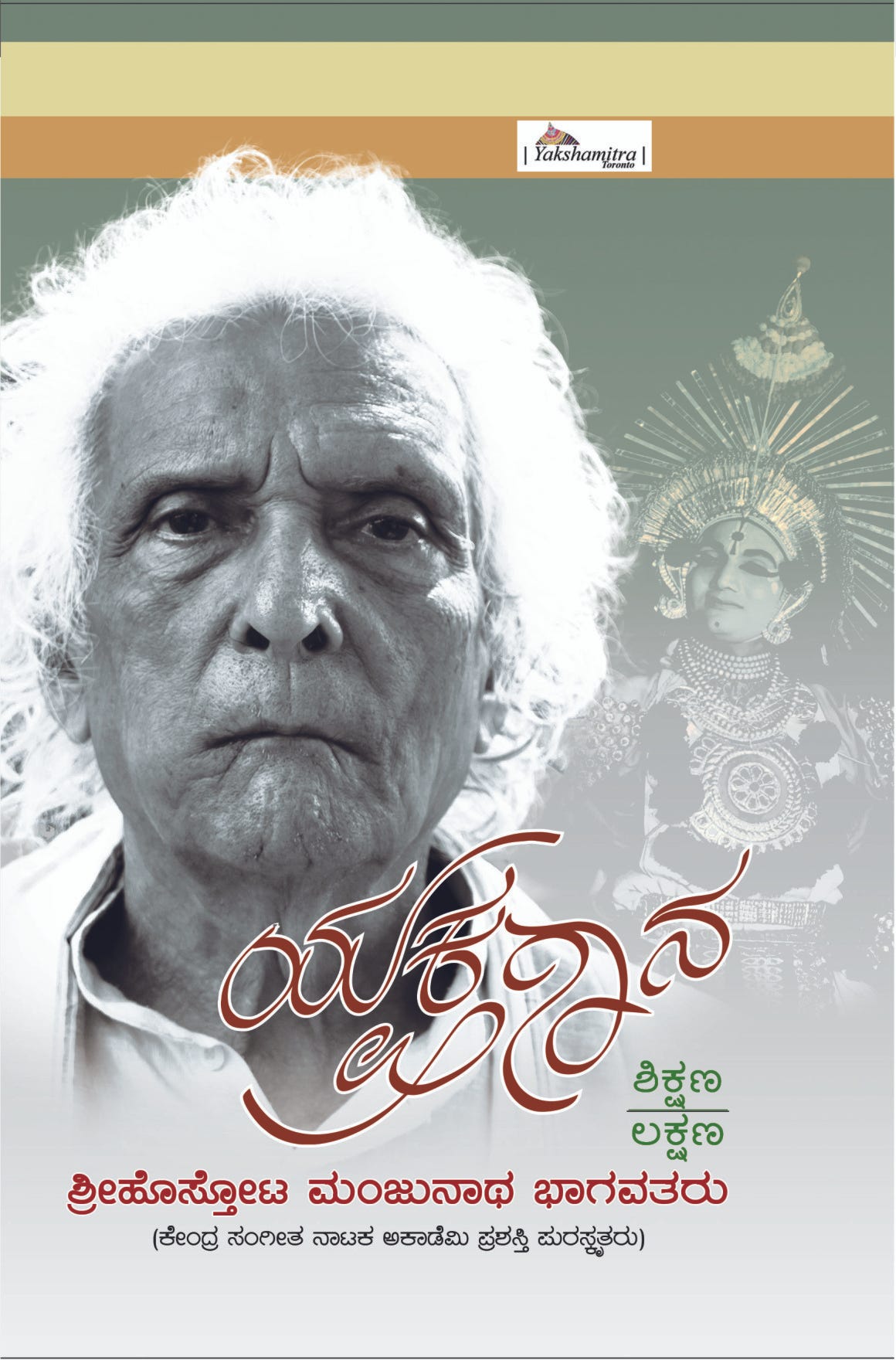ಗೊಗ್ಗಯ್ಯರು ಒಂದು ಸಂಪ್ರದಾಯದವರು. ಭಿಕ್ಷೆ ಬೇಡುವ ತಿರುಕರಲ್ಲ. ಇದು ನಮ್ಮ ಸಂಪ್ರದಾಯಗಳಲ್ಲಿ ಒಂದು. ಅವರಿಗೆ ಆಸ್ತಿ ಕೆಲಸ ಎಲ್ಲ ಇದೆ ಆದರೆ ವರ್ಷದ ಕೆಲಕಾಲ ಇದನ್ನು ದೇವರ ಸೇವೆ ಎನ್ನುವ ದೃಷ್ಟಿಯಿಂದ ಮಾಡುವವರು. ಆದರೆ ಯಾವುದನ್ನೇ ಮಾಡುವಾಗ ಸಂಪ್ರದಾಯವನ್ನು ಮುನ್ನೆಡೆಸಲು ಹಣಬೇಕು. ಅದಕ್ಕೆ ಕೊಡುವುದು ಕಾಣಿಕೆ ದಕ್ಷಿಣೆಯಾಗುತ್ತದೆ. ಬ್ರಾಹ್ಮಣ ಬ್ರಹ್ಮಚಾರಿಗಳು ವಿದ್ಯಾಭ್ಯಾಸ ಮಾಡುವಾಗ ಭಿಕ್ಷೆಬೇಡುತ್ತಿದ್ದರು. ಇದು ಸಮಾಜ ಕೆಲವು ವ್ಯವಸ್ಥೆಗಳಿಗೆ ಬೆಂಬಲ ಕೊಡುವ ರೀತಿಯಾಗಿತ್ತು. ಹಾಗಾಗಿ ಗೊಗ್ಗಯ್ಯರು ಇದು ಸೇವೆಯೆಂದು ಮಾಡುವವರು. ಇದು ಒಂದು ಸಂಪ್ರದಾಯ ಇದನ್ನು ನಾವು ಅರ್ಥಮಾಡಿಕೊಳ್ಳಬೇಕು. ಇಂದು ಜಾನಪದ ಎಂದು ಕರೆಯುವ ಎಲ್ಲವೂ ನಮ್ಮ ಮೂಲ ಶುದ್ಧ ಭಾರತೀಯ ವ್ಯವಸ್ಥೆಯ ಮುಖ್ಯ ಅಂಗ. ಅವನ್ನು ಪೋಕ್ ಅಥವಾ ಜಾನಪದ ಎಂದು ಅವಹೇಳನಕಾರಿಯಾಗಿ ಆಂಗ್ಲರು ಕರೆದರು. ಅವೇ ನಮ್ಮ ಮೂಲ ಭಾರತೀಯ ಶೈಲಿ/ವ್ಯವಸ್ಥೆ. ಕಪ್ಪೆ ಮದುವೆ, ಗಾಳಿ ಮಾರ್ಯೇರು, ಡೊಂಬರಾಟದವರು, ಹಾವಾಡಿಗರು, ಸುಗ್ಗಿಕುಣಿತ, ಕೋಲಾಟ, ಡೊಳ್ಳು, ಜೋಗೀ ಆಟ ಹೀಗೆ ಅನೇಕ ಪದ್ಧತಿಗಳಲ್ಲಿ ಅಮೂಲ್ಯವಾದ ಭಾರತೀಯ ವಿಚಾರಗಳಿವೆ. ಅವುಗಳ ದಾಖಲೆ ಮತ್ತು ಅದನ್ನು ಮಾಡುವವರ ದೃಷ್ಟಿಯಿಂದ ಅದೇನು ಎಂಬುದರ ಅರ್ಥೈಸುವಿಕೆ ಆಗಬೇಕು.
ಇವರ ಹಿಂದೆ ಶೈವಮತದ ಯಾವುದಾದರೂ ಗುಟ್ಟಿರಬಹುದೆ?
ಇವರ ಹಿಂದೆ ಶೈವಮತದ ಯಾವುದಾದರೂ ಗುಟ್ಟಿರಬಹುದೆ?


